"Shining brass headbands ..." Grenadier mitres of Peter III close-up
Especially returned to us.
We are happy a hundredfold:
Peter the Great back
Ross country meets.
Peter erected with Catherine
And with Pavel, O drag bail!
He sent us joy for destiny
In bounties, an immeasurable god.
(Ode to the Most Blessed Most Sovereign Great Sovereign Emperor Peter Fedorovich, Autocrat ... the sovereign Duke of Golstein, the high heir of Norway, and so on and so forth ... to the most merciful sovereign ... and bought for the new year 1762 as an expression of genuine joy, zeal ... the most humble faithful
History of military clothing. In the material "On the mitres and uniforms of Emperor Peter III" from August 15, 2020 and its continuation “Everyone except the grenadiers! According to the "precepts" of Peter III " of August 21, 2020, it was already told about the very reform of uniforms undertaken by Emperor Peter III, and then by his widow Empress Catherine II, and about such a specific subject of his uniform as the grenadier mitra. But these materials contained photographs of mitres known to me, which were taken through glass. The mitres themselves were in the cupboards and it was impossible to see what they had "under the bottom", as well as how they were in the back. But I had to be content with these photos and black-and-white graphics from the book of A.V. Viskovaty. However, many readers of "VO" expressed their opinion that it would be very good to look at all these mitres from different sides, as well as to look at the uniforms of that era in color. Well, the desire of the consumer for the "seller" is a law, and if so, I tried to find ways, and today we finally get the opportunity to see everything that was previously hidden, namely all mitres and much more from the Penza regional museum of local lore and drawings from Viskovaty's book, made in color.
It is hardly worth repeating and retelling the history of the Gatchina regiments of Peter III. Let us only recall that they differed from the regiments of the Russian imperial army in that they were recruited exclusively by volunteers, and not only by foreigners (as they often write!), But also by Russians, that they had high discipline (in any case, the Gatchins were not noticed in serious faults there were, and drunkenness and revelry ... so who then from the guards at least once did not get drunk ?!), and that they wore uniforms that were very different from the traditional Russian.
Moreover, the differences were both in style and in colors. For the representatives of the Russian military caste, the Gatchina uniforms seemed too narrow, although they were sewn according to the latest European fashion, and they also did not like their colors. Meanwhile, if you think about it, the new form was generally better than the old one. Firstly, fashion is fashion, including for military uniforms, and to follow it at that time was a matter of state importance. And secondly, the new uniform saved a lot of money. She did not require expensive red paint. The luxury of painting the uniforms of its soldiers red could then be afforded only by England, which had access to supplies of cochineal, while all other European countries had to buy red cloth from her. In addition, the new uniforms required less cloth, which again achieved great savings. Tons of paint, kilometers of cloth, gilded tin, tanning leather and much, much more - that's what the army then needed, and, of course, also whiskey curls and metal rods, weaved into a braid, in a word, everything was in the fashion of those years.
Although there was this and a certain meaning in everything. For example, when you look at photographs of the mitres of Peter III, note that they lack chin straps. But how, then, did they stay on the head and did not fall from it? But they were just fixed on the head with the help of a braid and brooches. It was a tricky thing, but ... but they did without a chin strap.
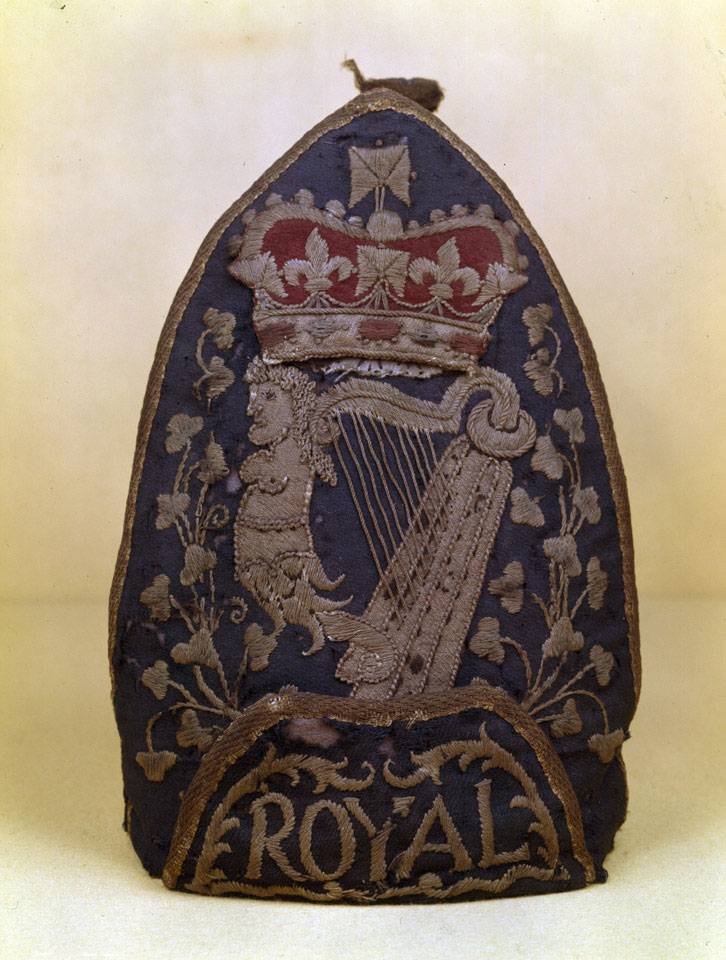
Like many other elements of the uniform, this headgear has come a long way from the simplest pointed top with a tassel to an elaborate headgear, which had different styles. Thus, the Prussian-style miter had a tapered brass or white-metal forehead plate with a fabric back and a lace braid. Mitres in the Russian style initially had a high brass plate over a leather cap with a visor in the back, but later we adopted the German model. But the British style was markedly different from all others. English mitres were made entirely of fabric. They had a high fabric front with elaborate regimental embroidery on the front and a sloping red back with white lining in the back.
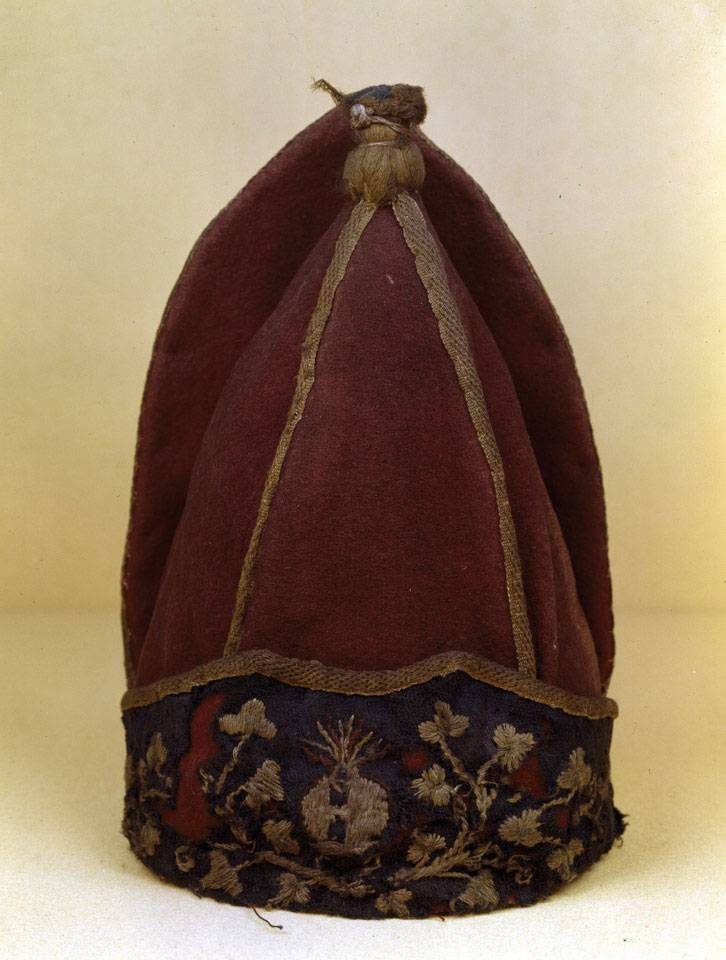
Mitras were high, and all because, again, there was a fashion for tall and tall soldiers. But it was them who were most often killed, and not just soldiers, but also genetic producers were killed, which is why they began to try to compensate for the lack of growth in soldiers with the height of mitres, and Frederick II even passed a law according to which, in the event of the death of his father, all property passed to the shortest son!
And, of course, every ruler tried to make the miter of his soldiers the most beautiful. The British, it is true, were content with embroidery, but they had it very bright and beautiful, so with the general bright red color of the uniform, this, in principle, was quite enough. But in Europe, red paint, as already mentioned, was not enough, there were used faded colors and the foreheads of the grenadier mitres began to be minted from brass. And here, it should be said frankly, Peter III managed to create almost the most beautiful miter in the Prussian style, and all because, unlike the same Frederick, he did not spare money on them. Neither before nor after him in the Russian army were there such beautiful grenadier metropolitan.
Well, when did mitres appear in the Russian army at all? Under Peter the Great, like many other things. So, already in 1719, Peter issued a decree to the old headdresses, "carpus", not to be, but to be triangular hats. And then it was Peter who introduced wigs into the army! Yes, Peter, and not Paul I at all, who ordered to wear wigs made of Ukrainian sheepskins along with hats to protect from the cold. It turns out that then Ukraine was also famous for its sheepskins, I wonder how it is now ...
The reason is the same, following the European fashion. They are wearing hats and we are wearing hats! They are in wigs and we are in wigs! From England he also borrowed leather "grenadiers" with two visors, which, by the way, did not receive distribution there. One visor bent forward, and at first the embossed emblem eagle was embroidered on it, and then the embossed heraldic eagle was sewn on, and the other behind, covered the neck.
During the reign of Anna Ioannovna, the front visor turned into a high metal-lined forehead plate, the rear one disappeared, and the skin was replaced by a cloth on a whalebone frame. Under Elizaveta Petrovna, on each forehead badge, the coat of arms of the city, the name of which was given to this or that regiment, began to be depicted, and he himself was placed against the background of war trophies. But under the same Peter III, they refused to depict the coats of arms of cities on miter, and began to place the state coat of arms and monogram of the sovereign-emperor on them. Moreover, the mitres of the Holstein Guard and the Russian Imperial Guard differed in monograms. So, on the miter of the Holstein regiments there was only one Latin letter "P": "Peter", one because on his Holstein throne he was ... the first. The monogram "РF" is also known: Peter Fedorovich, and, finally, the monogram "PIII" adopted for the entire Russian imperial army: "Peter III", but only for a short time he had a chance to rejoice at this innovation of his!
In fact, there were many regiments and separate battalions in the Holstein Guard, and their number changed at different times. Although the number of each was small. Elizabeth waged a real war with the Holsteins. Several times she ordered Peter to dissolve her "amusing" ones, but then again agreed to create them. That is why so many examples of the mitres of Peter III have survived. First, these are the mitres of the time of his inheritance, then the period of accession, and, in addition, there were the mitres of privates and officers, as well as the mitres of individual regiments, again privates and officers.
So, in 1756, the Holstein Guard included: the Musketeer Tsege von Manteuffel Regiment, the Musketeer Duchess Regiment, the Musketeer Prince Wilhelm, the Grenadier Battalion, the Fusilier Battalion, the Life Dragoon Regiment, the Life Disabled Cuirassier Regiment.
In 1757, the Kruger grenadier battalion was added to them.
In 1758 - the fortress garrison, and the regiment of Prince Wilhelm was renamed the Naryshkin regiment.
In 1760, the Duchess's regiment was renamed the Kettenburg regiment, and a hussar regiment was also created.
In 1762 the Essen grenadier battalion and the Weiss grenadier battalion were added. So the "army" of Peter III consisted of about 6-7 infantry units and three cavalry.
It is known, for example, that in Prince William's Musketeer regiment the miter regiment of the grenadiers was decorated with the monogram "РF", the top of the miter was fawn, and the crown was crimson.
And here is an example of the color scheme of the uniforms of the Essen grenadier battalion. And she clearly shows that she was completely unusual for the "heirs" of Peter the Great and that is why she aroused their rejection, plus they did not like the very personality of the monarch. The uniform is blue, the lapels, collar and cuffs are pink, the lining is red, the camisole is blange, the pants are white, the tie is red, the top of the cap is blange, the hem is red. Well, we know what all this led to in the end. Only beautiful miter remained in our memory!
PS The administration of the site and the author would like to express their gratitude to the directorate of the Penza Regional Museum of Local Lore and the curator of museum items Olga Viktorovna Dubravina for organizing the photography of museum exhibits, as well as to active members of the forum and authors of VO Pan Kokhank and 3x3zsave for the photos they provided.
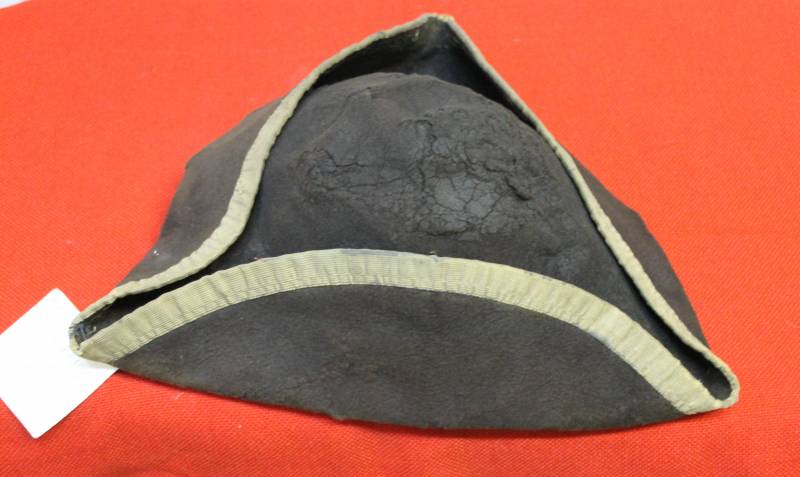
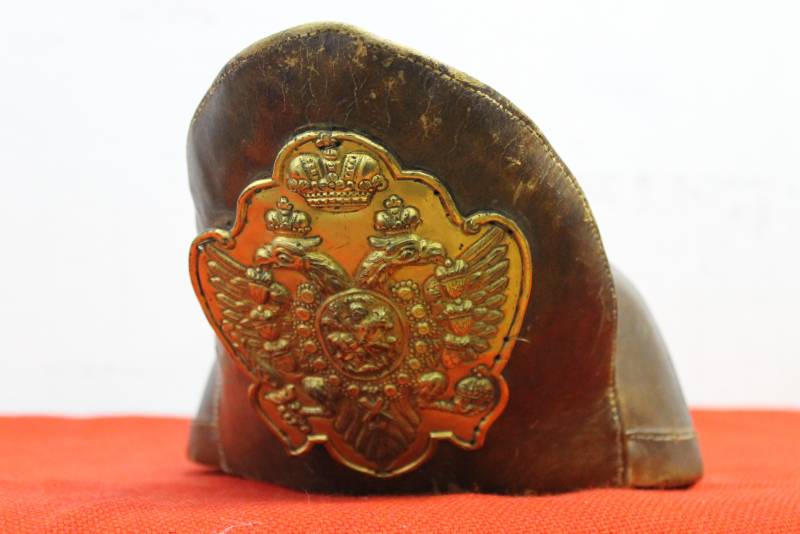
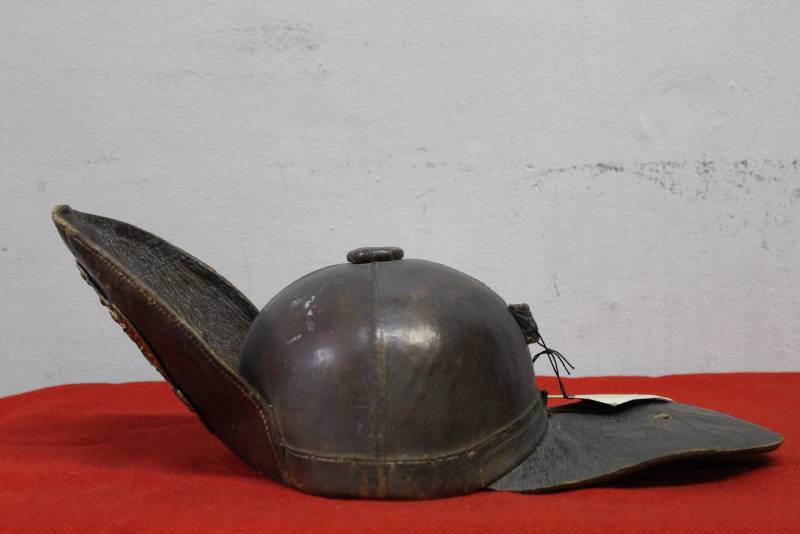
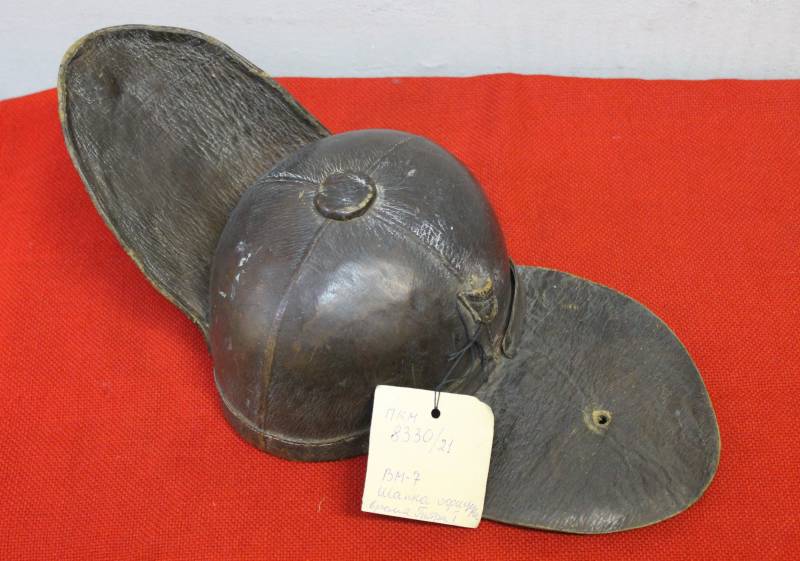
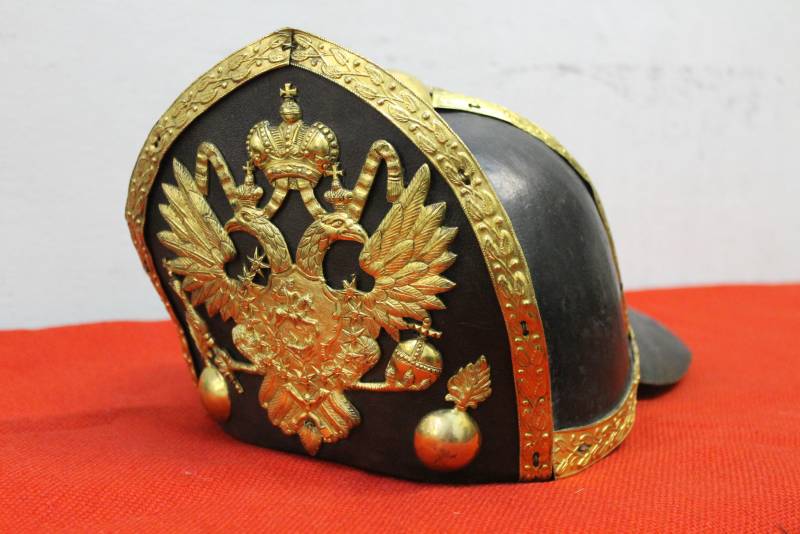
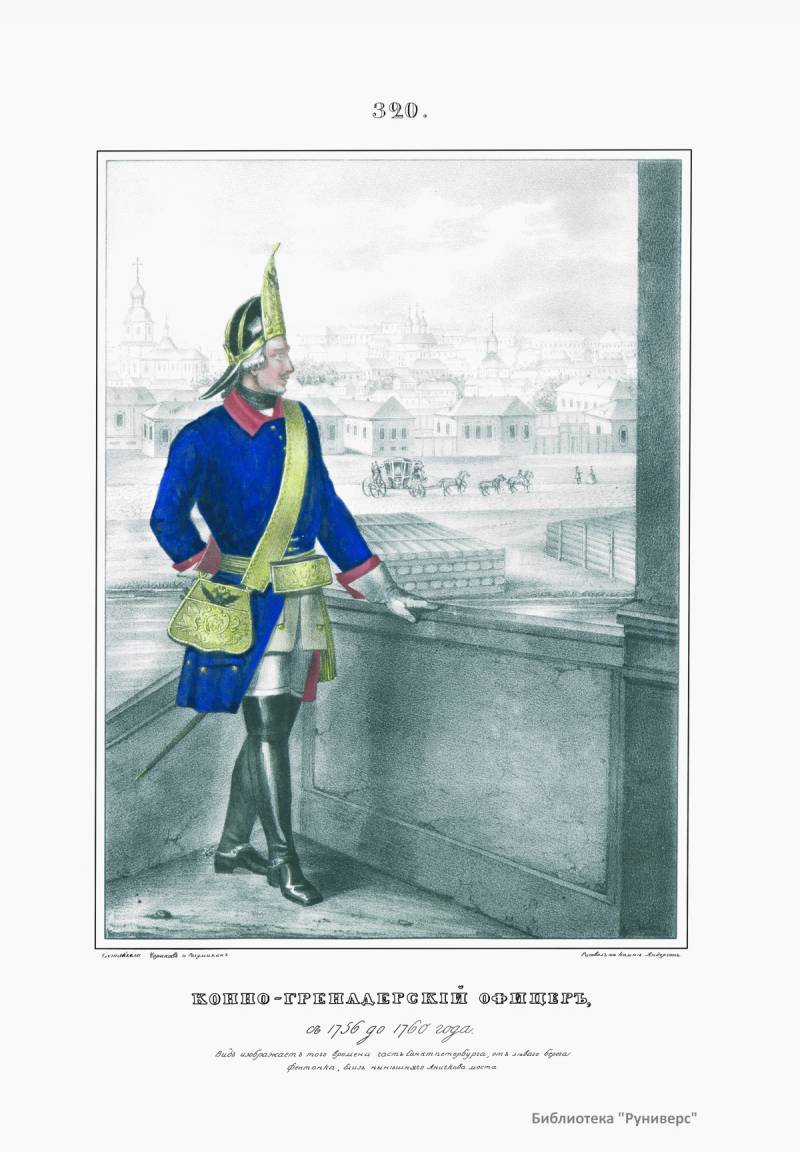
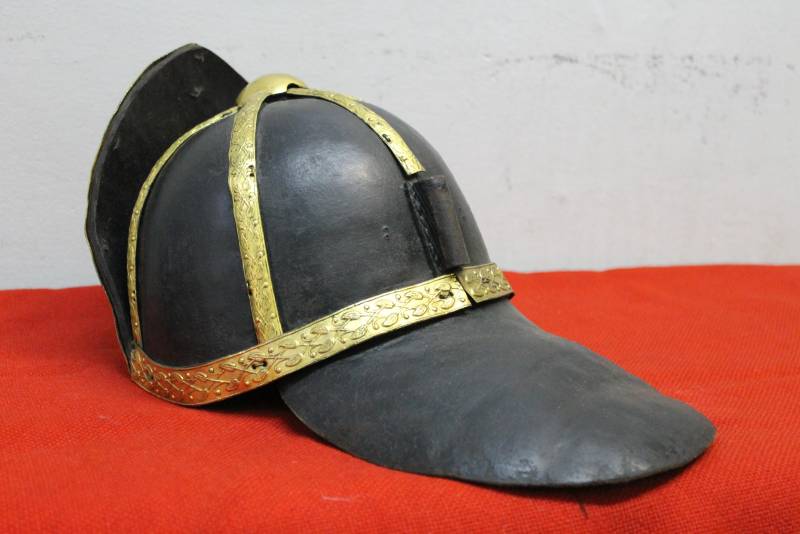
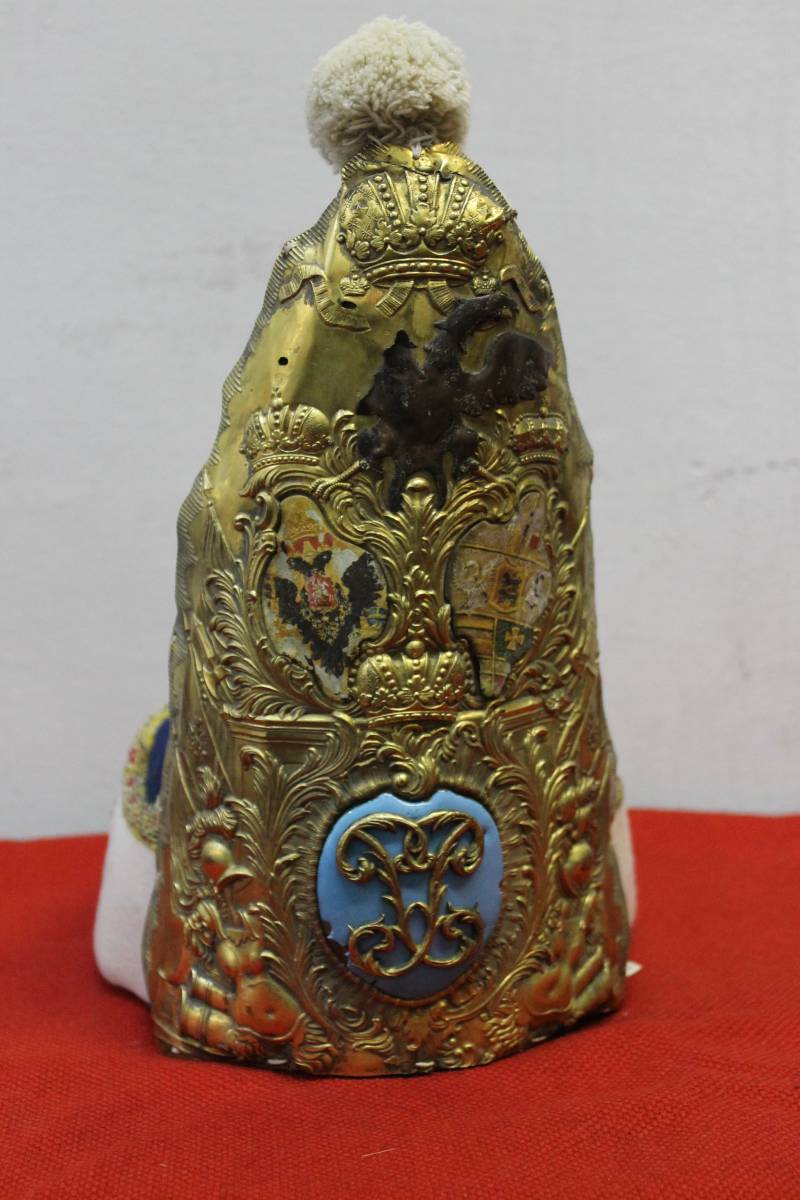
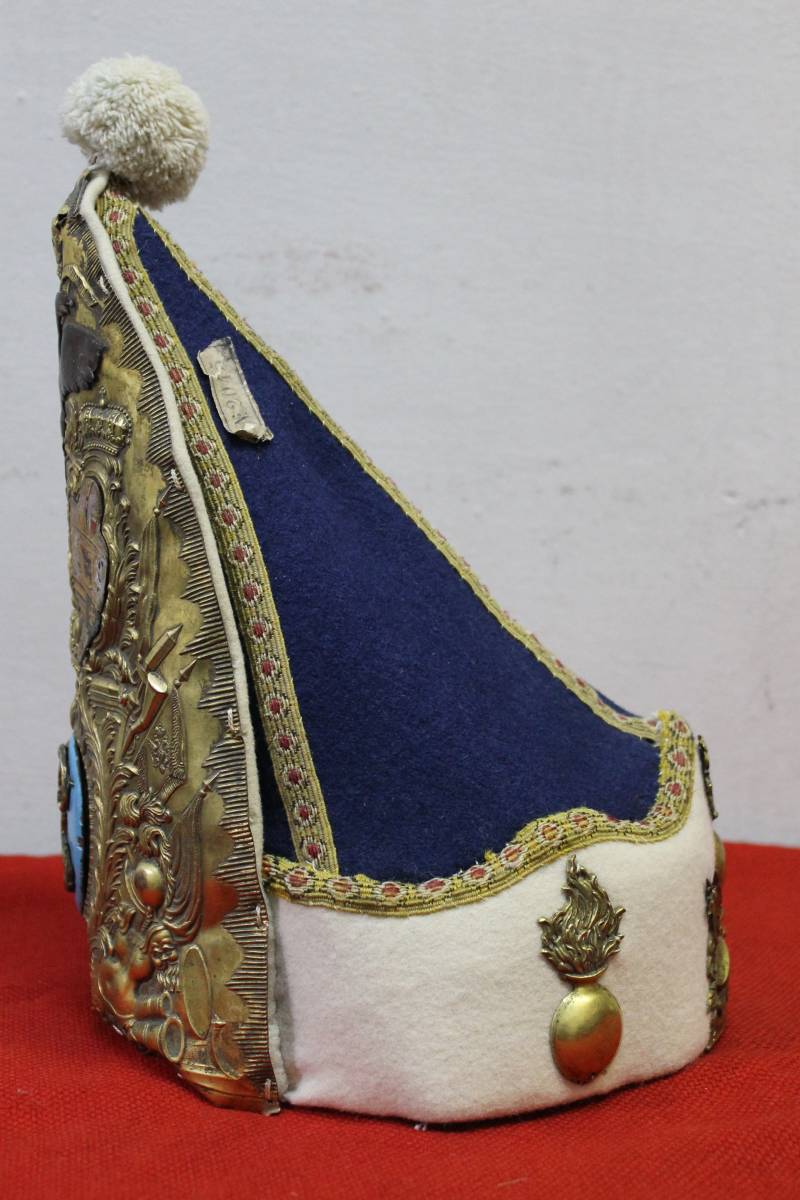
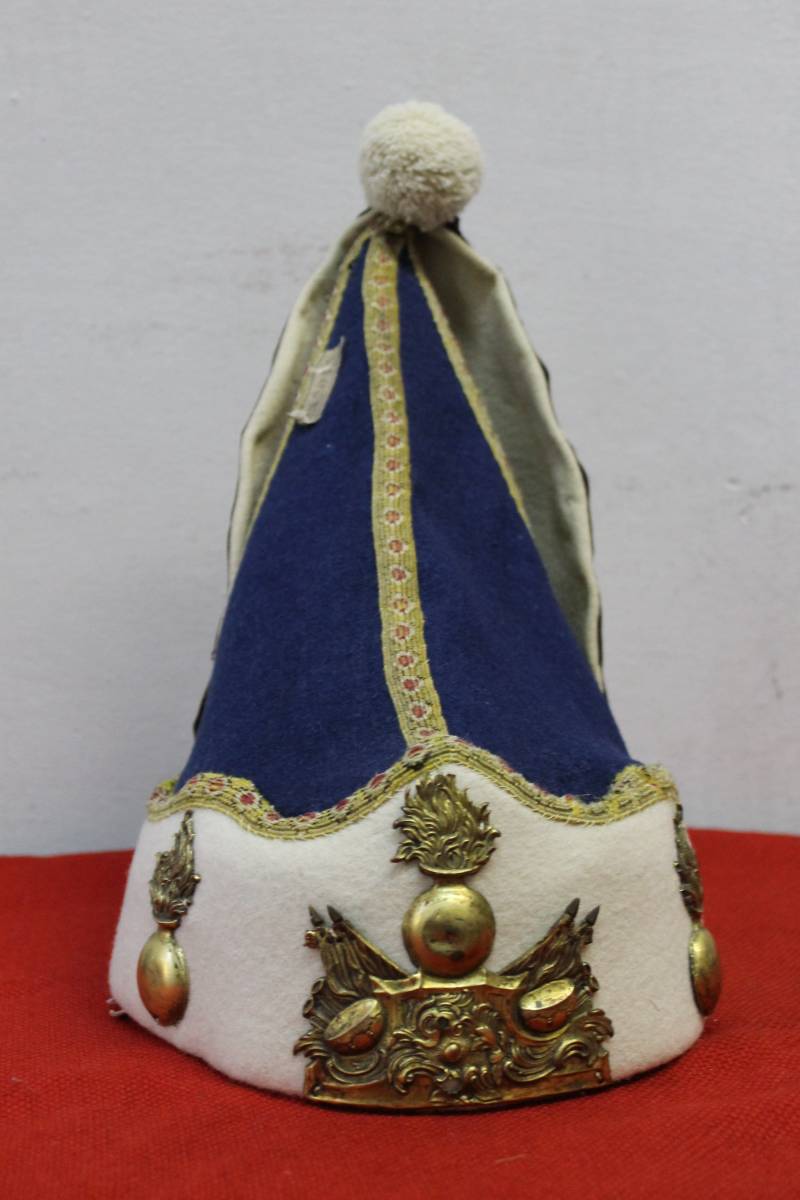
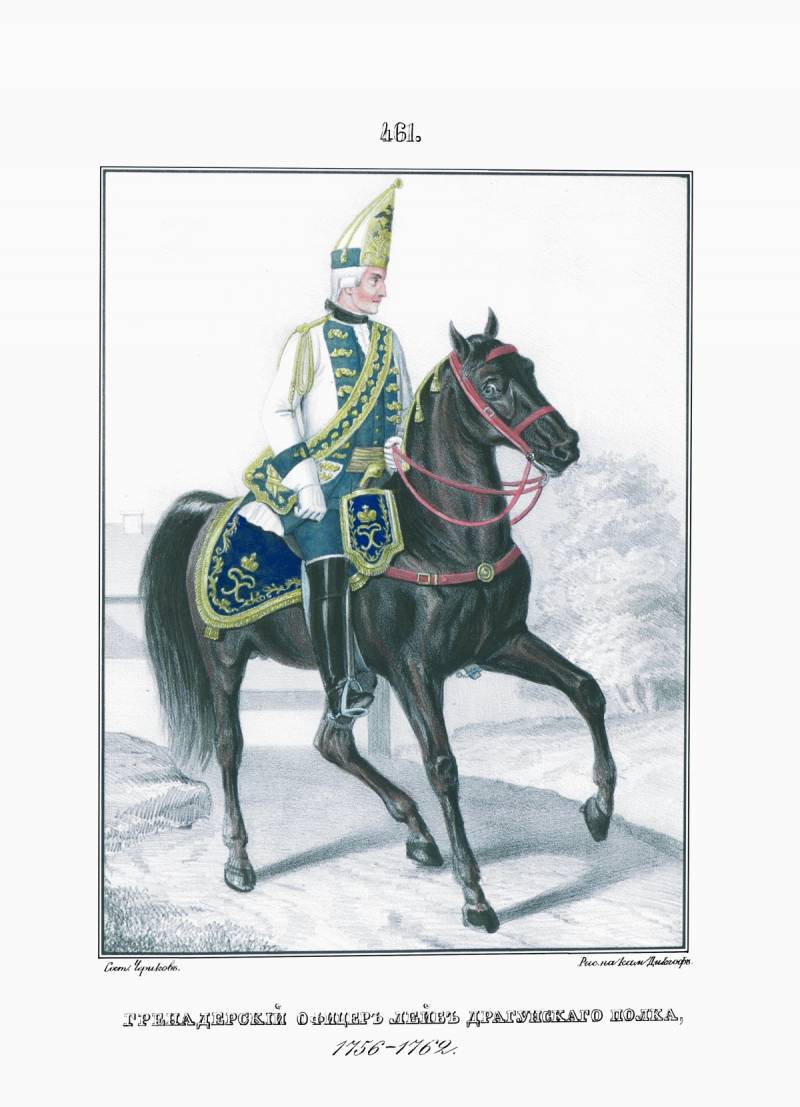
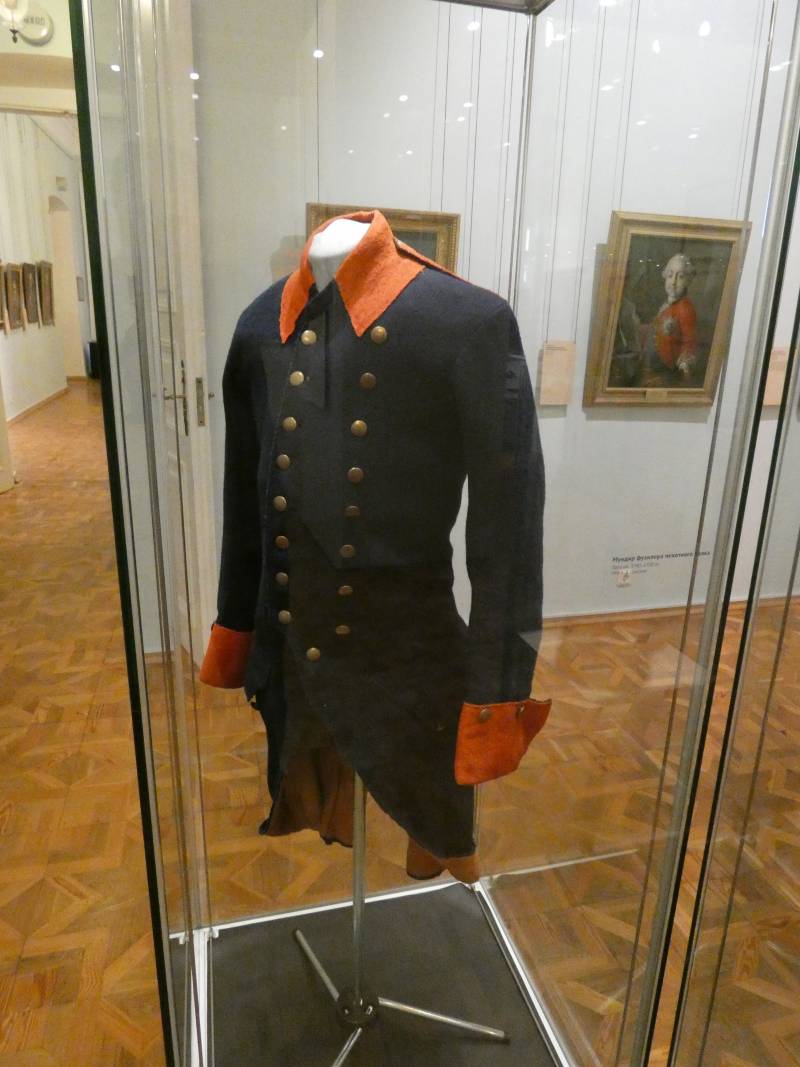
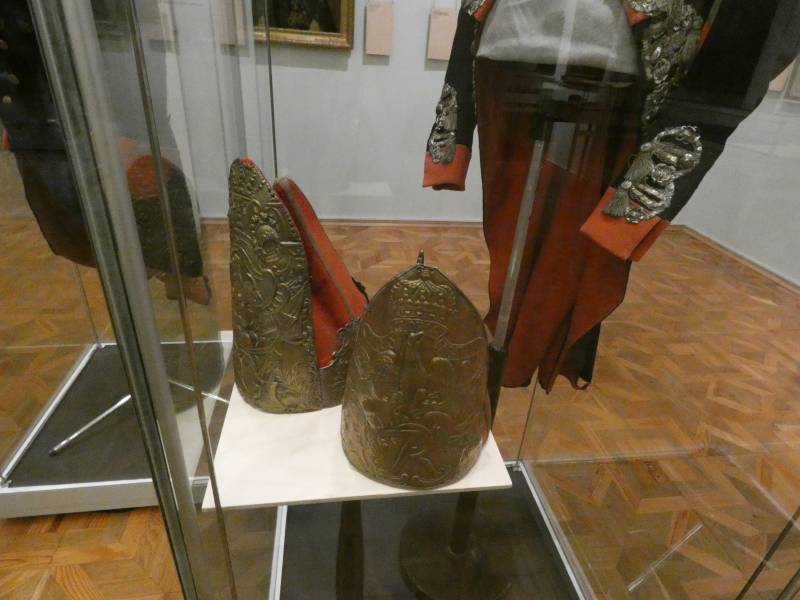
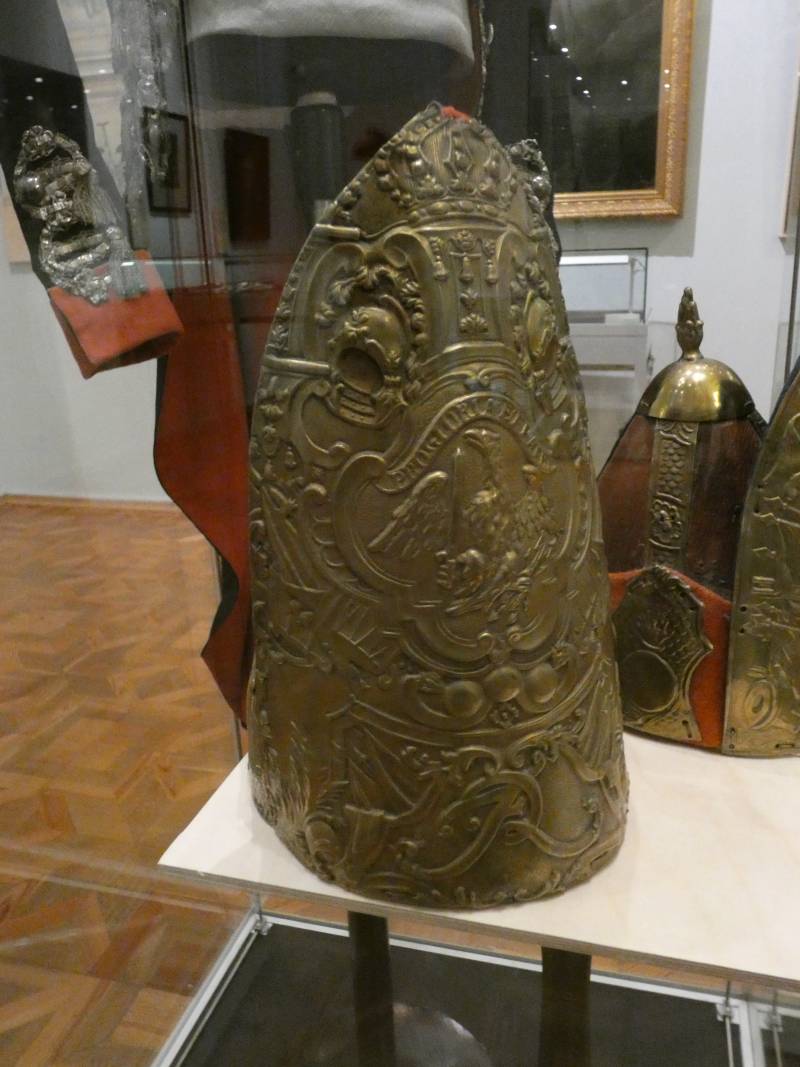
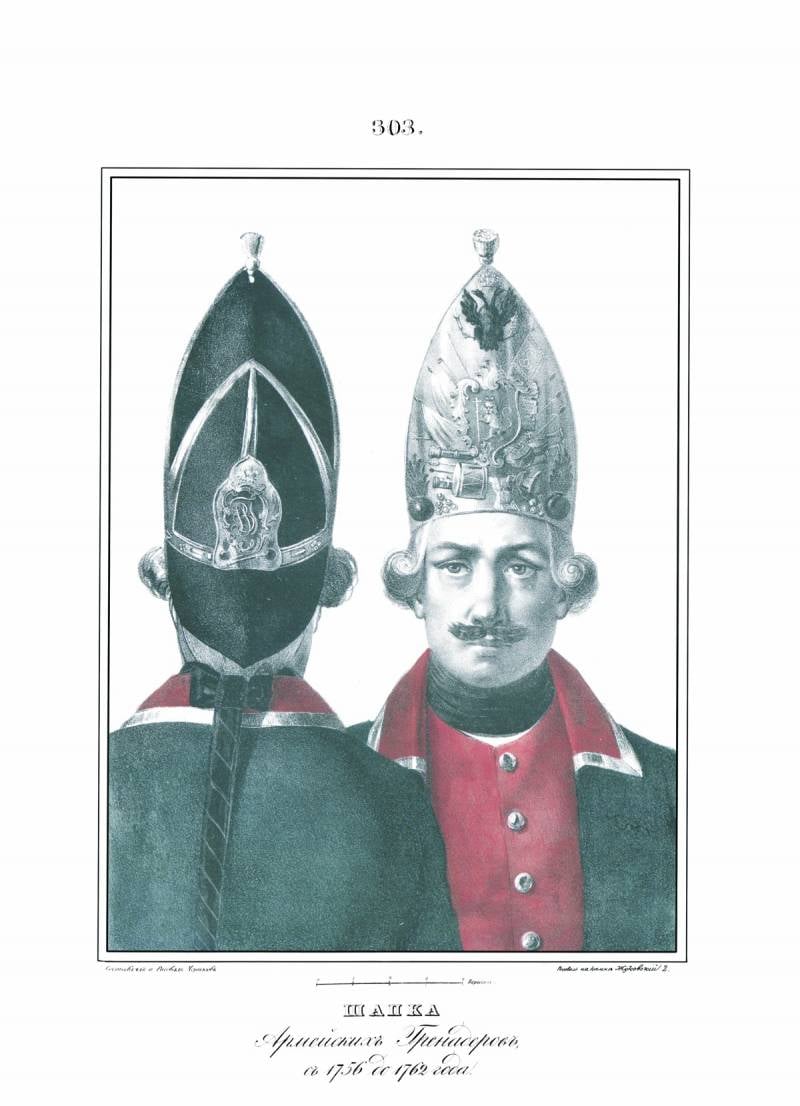
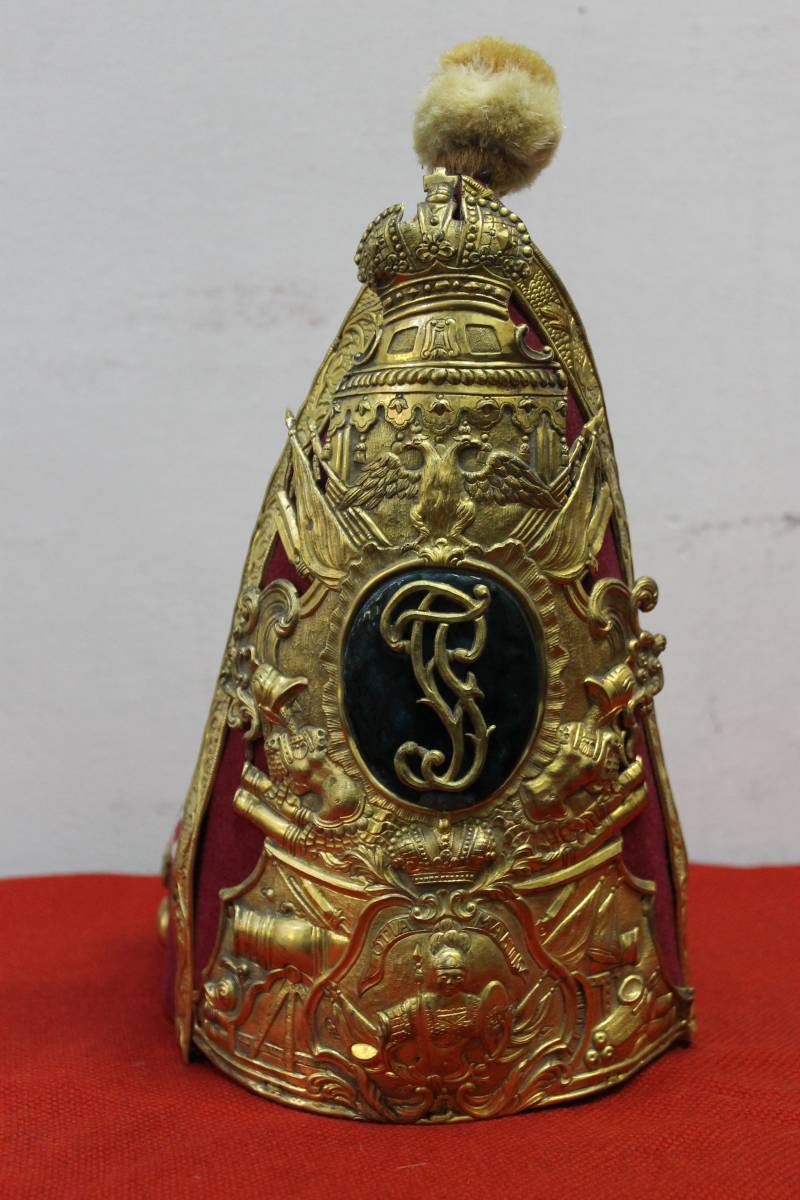
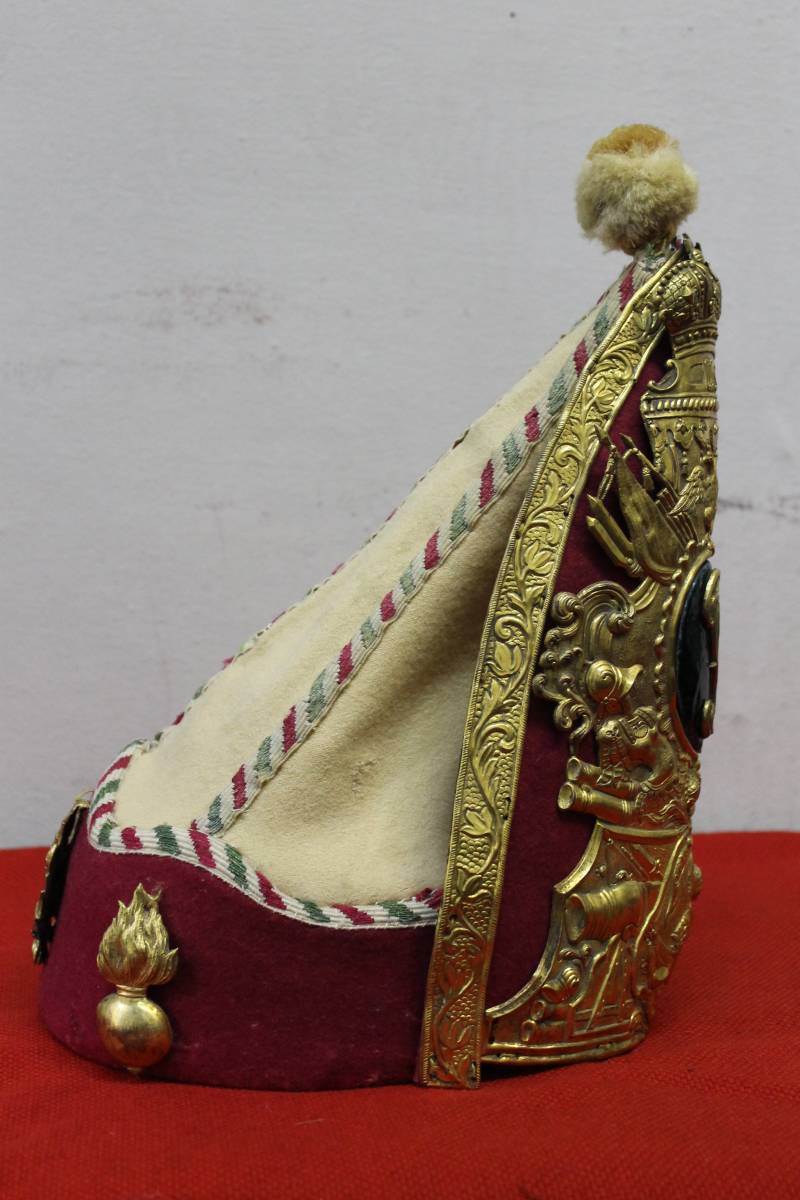
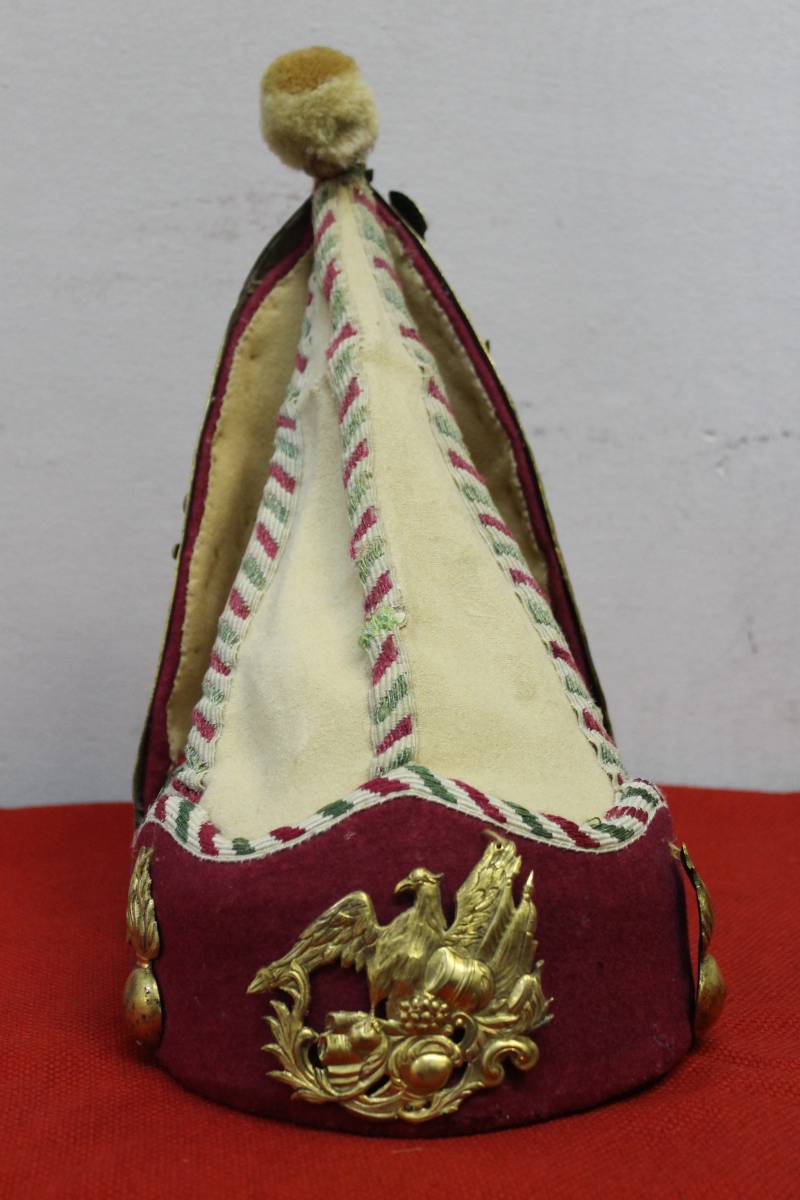
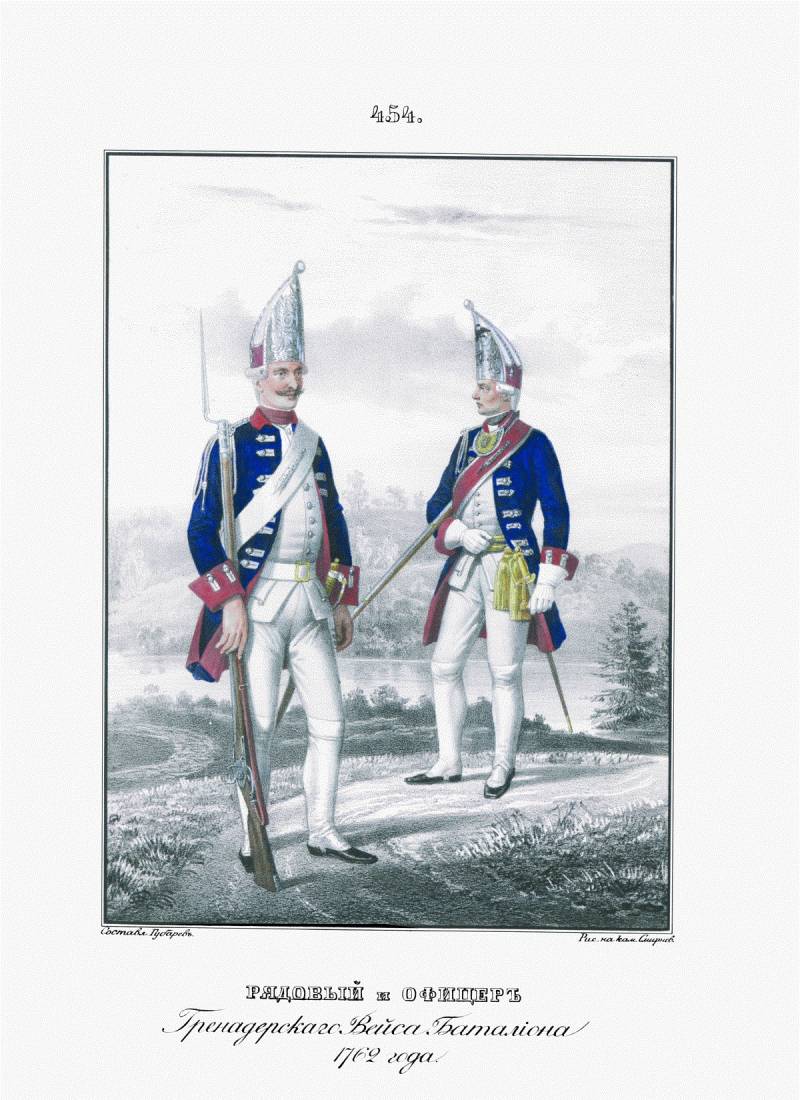
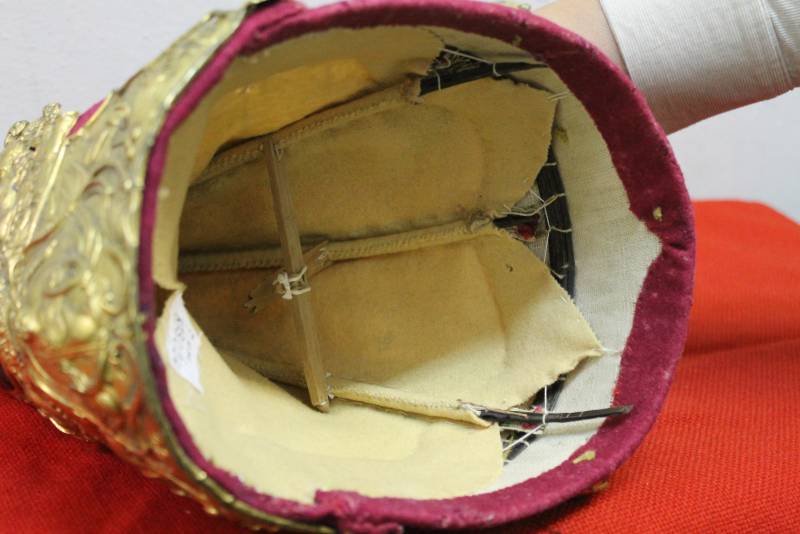
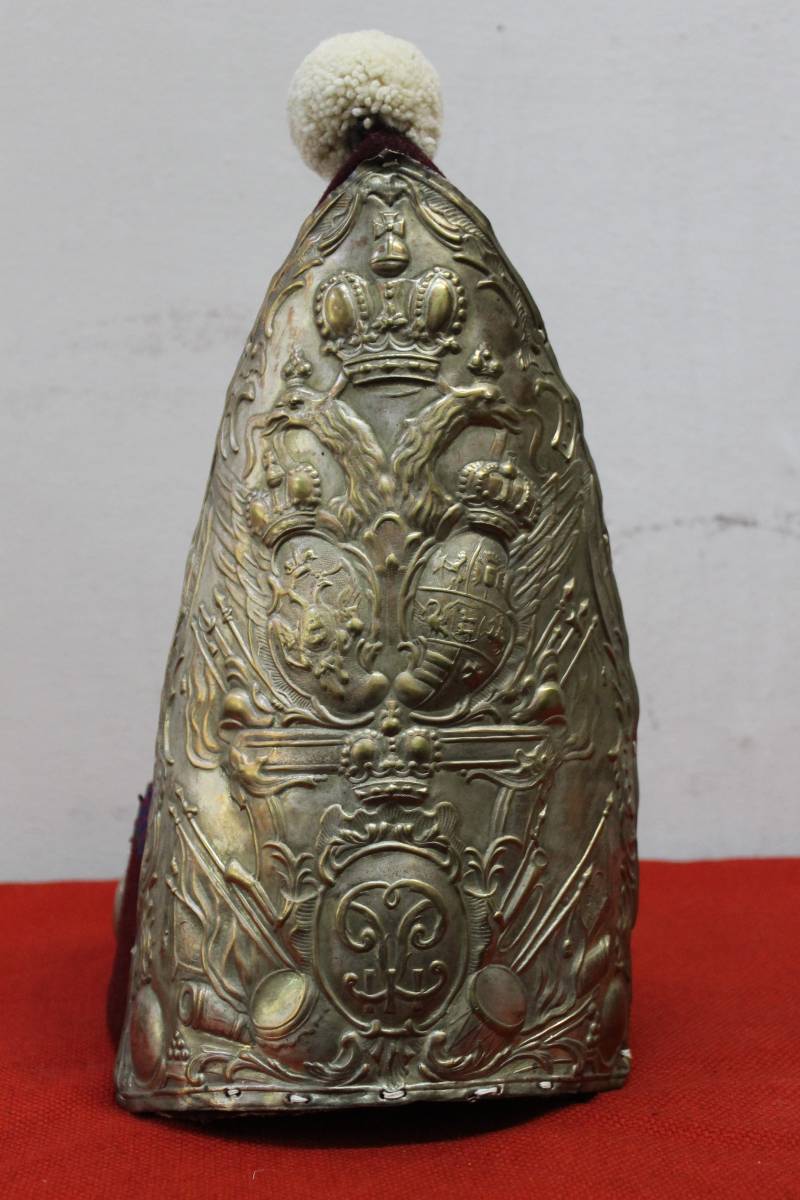
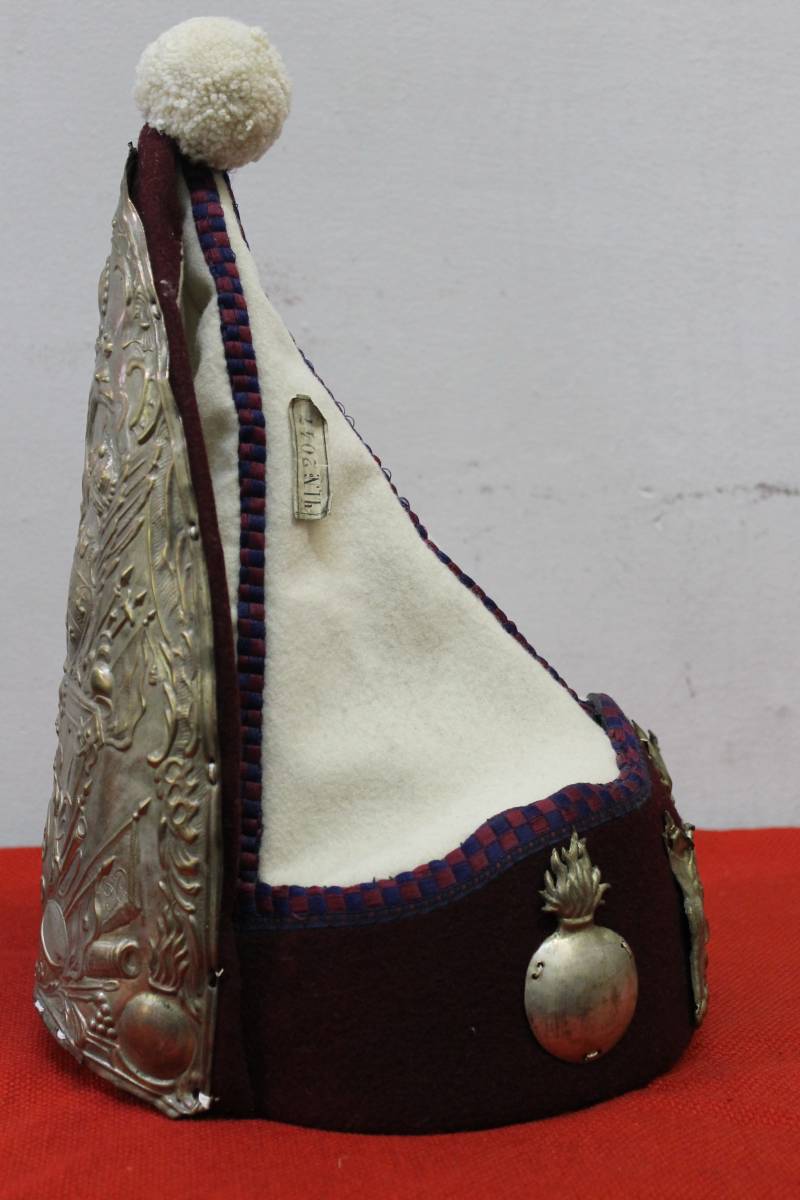
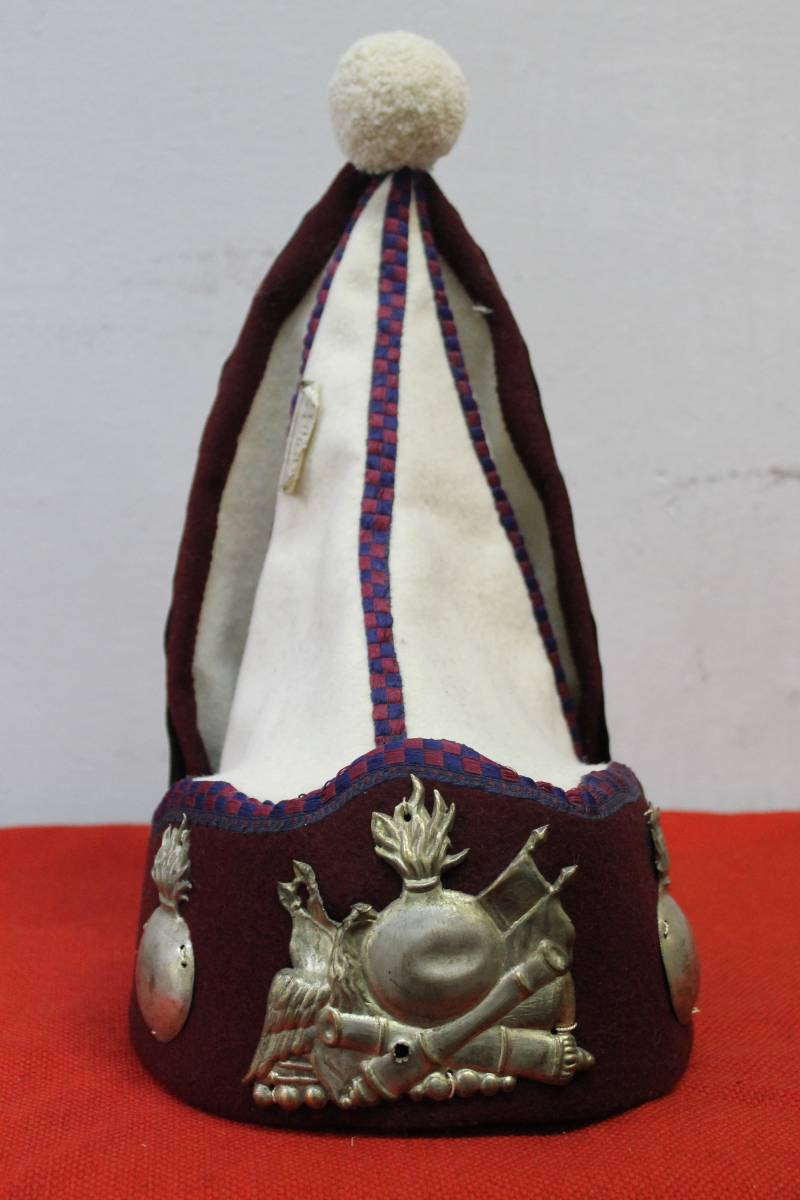
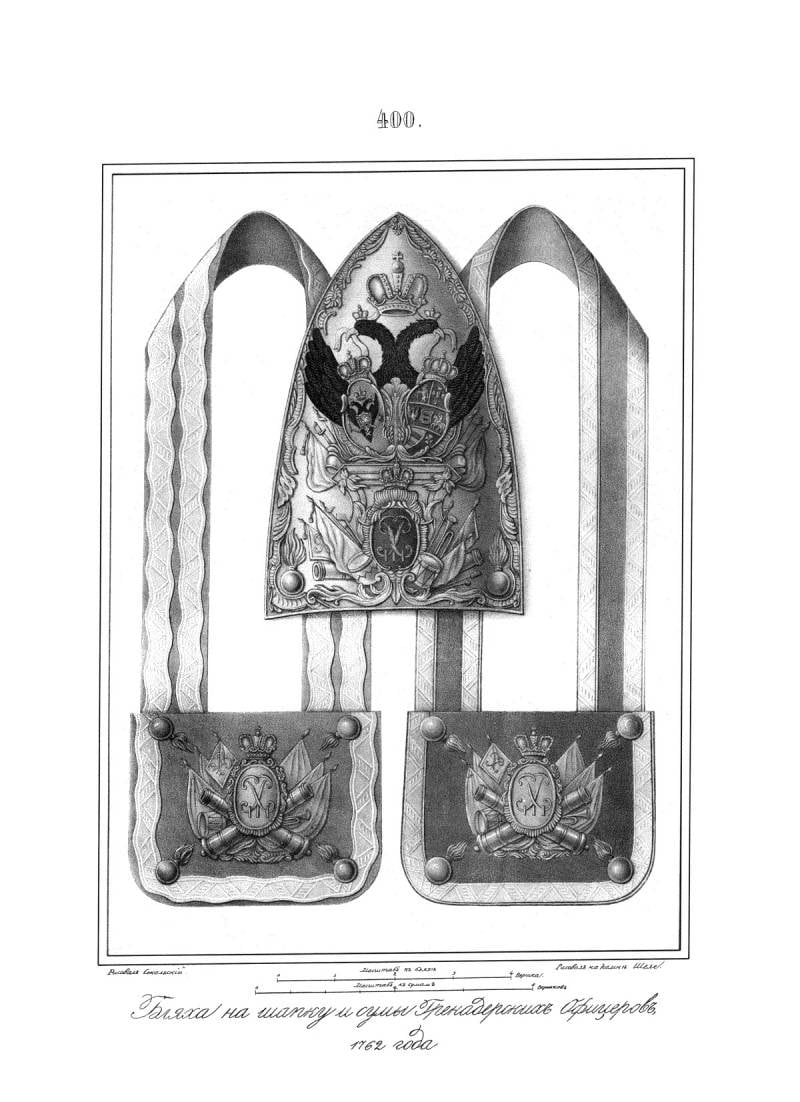
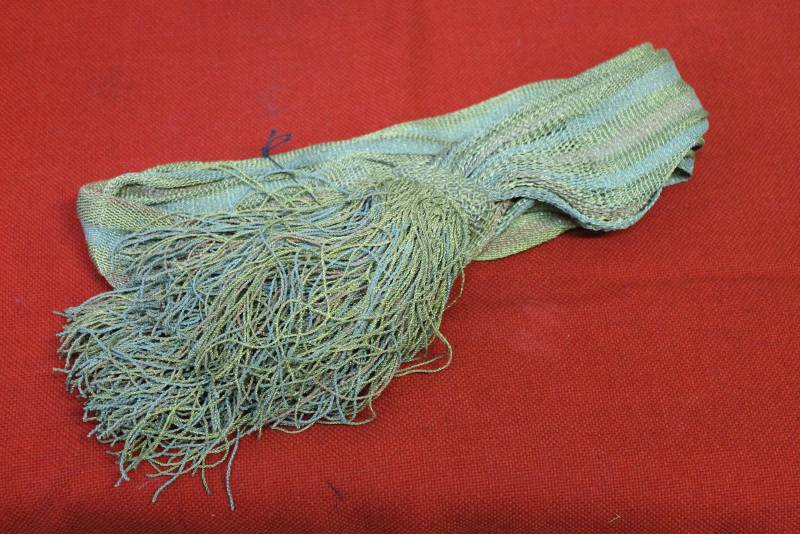
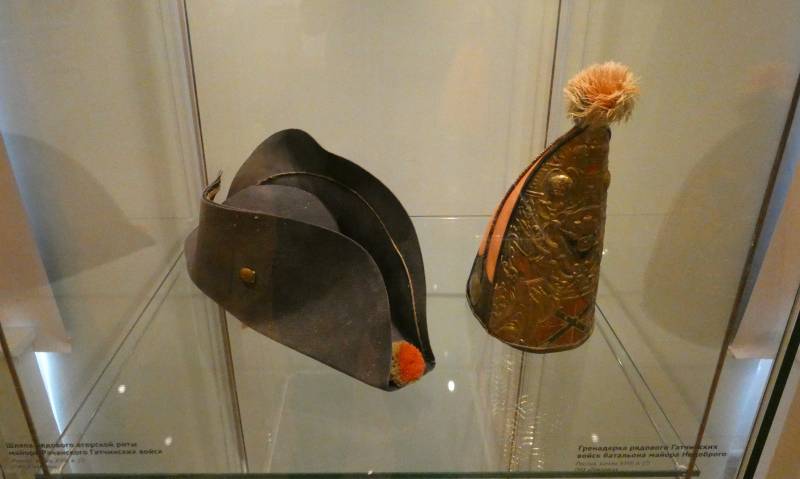
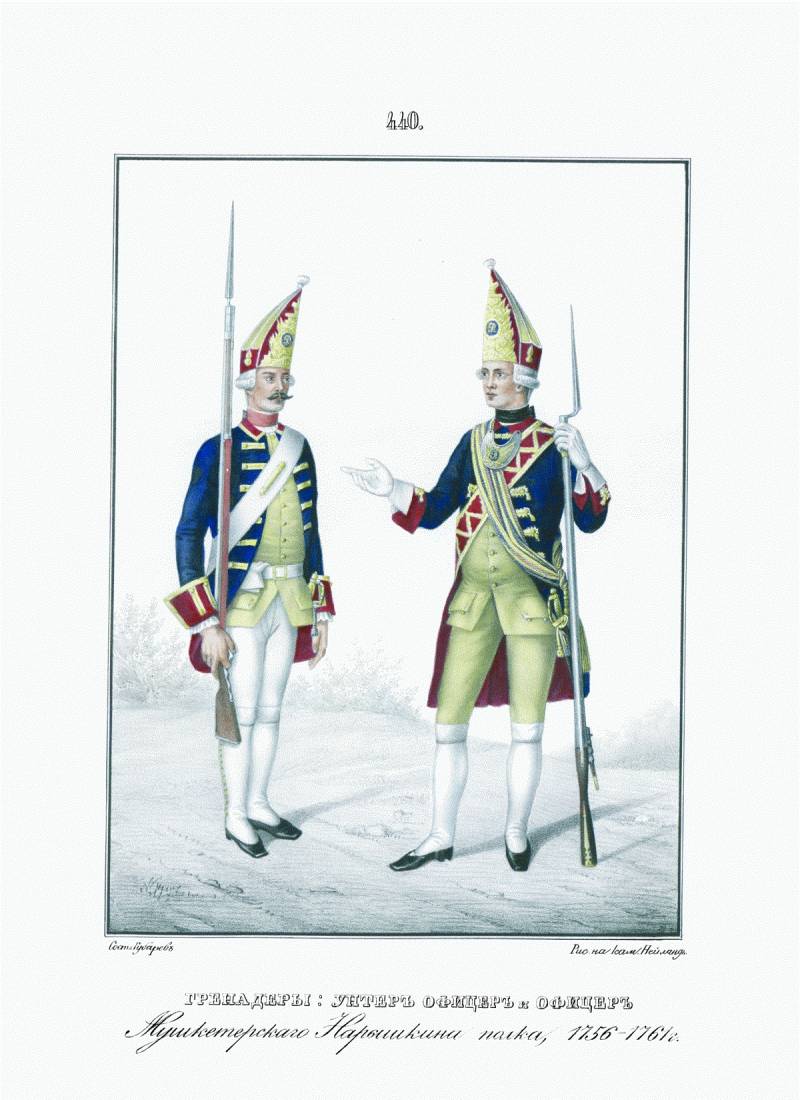
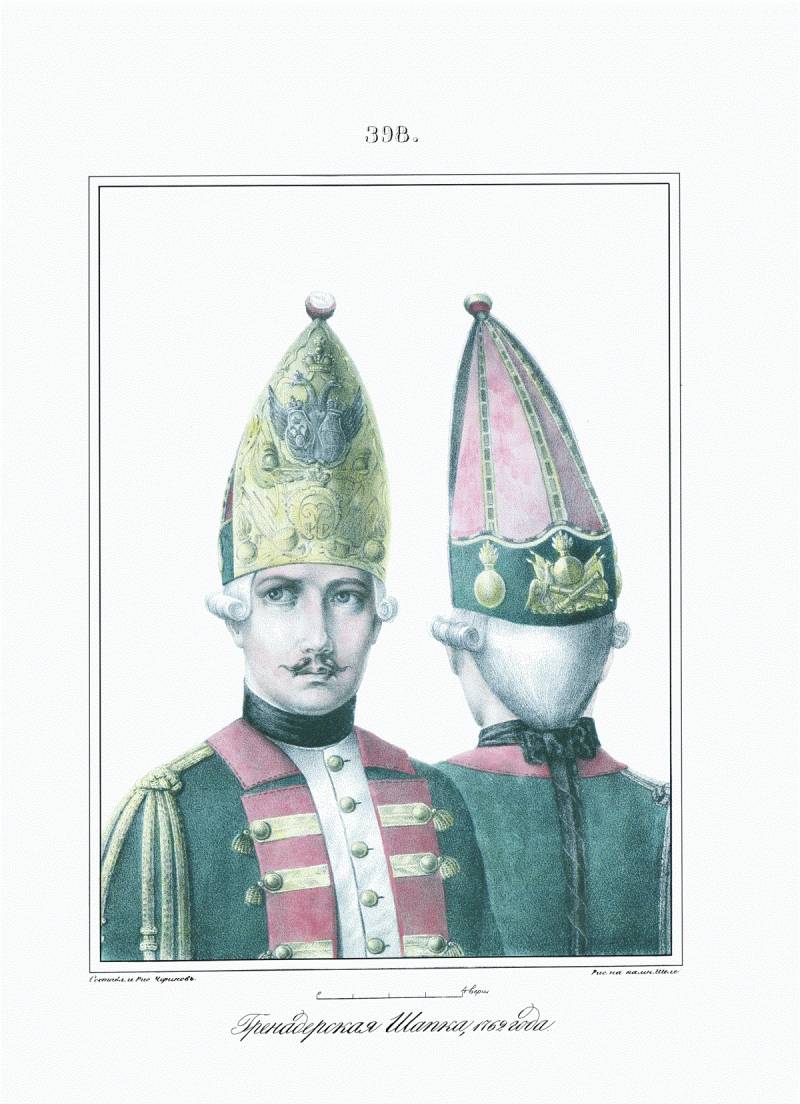
Information